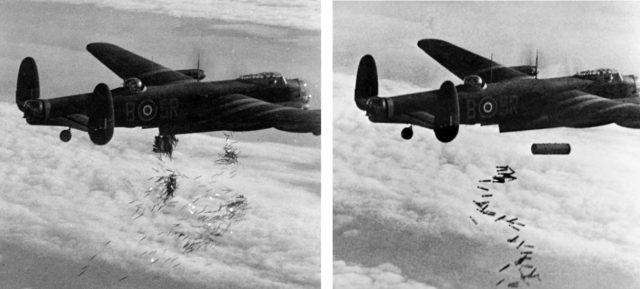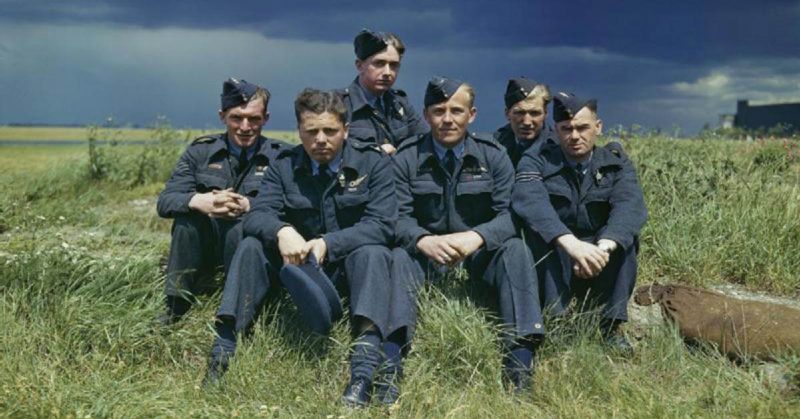A movie was made about the Dambusters and their mission to destroy a number of dams in Germany during the Second World War, but it isn’t as gripping as the first-hand account of Squadron Leader George ‘Johnny’ Johnson. As a 22-year-old, Flight Sergeant bomb aimer was instrumental in fulfilling the mission in 1943. Part of his story is told in rewritten extracts drawn from his book, ‘The Last British Dambuster.’
Closing in on the Sorpe Dam was similar to lying in a truck going down a very bumpy road, he related.
“We had attempted to drop the bomb nine times. On the tenth try, Johnson pressed the button and said ‘Bomb gone!’”
They had arrived at the target on May 16, 1943, in clear moonlight. Other Lancasters from 617 Squadron should have been there taking bombing runs at the dam, but no one else was there. It was obvious none had been there. The dam was undamaged.
The Sorpe Dam as seen from the reservoir looked approximately 700 yards wide, and there were hills rising sharply to about 1,000 feet on either side.
The squadron trained for close to two months to bounce a bomb along the lake and destroy the dam that would release millions of gallons of water to flood the region. All of their training had concentrated on destroying concrete dams like the Eder and Mohne. Sorpe was different, it was an earth dam. The bouncing bomb method they had trained for wasn’t going to work.

Their pilot would have to fly the heavy Lancaster like a fighter.
He would dive several hundred feet at 180 mph after passing low over a church steeple, leveling off at 30 feet just above the dam’s top.
From the time the dive started they had little more than seven seconds to navigate along the top of the dam at house-height and pinpoint the precise spot to drop the bomb weighing close to five tons. It had to explode in the center of the dam.
Joe circled the Lancaster over the reservoir to come in over the village, passing low beyond the steeple and heading toward the dam. However, the position wasn’t good enough, and Johnson shouted ‘dummy run.’
They came in nine times and aborted each attack. Dave grumbled, ‘Will someone get rid of that bomb!’
Crew morale was dropping, and Johnson knew the mission had to be completed properly. On the tenth run, both Johnson and the pilot were sure they were near success. The bomb was dropped. After the water had settled it became apparent, the dam was still intact. There was a 20-foot wide crumbling of the crest, but the dam hadn’t been damaged. Barnes Wallis, who invented the bouncing bomb, was right. Five or six hits would have been needed to complete the task.
The squadron lost eight of the 16 aircraft. Only three of the aircrew from the fallen Lancasters survived while fifty-three died, The Sun reported.
It’s unfortunate that of the 132 men, 53 died, but Johnson refuses to believe their deaths were in vain.
Johnson was awarded the Distinguished Flying Medal for his service.
